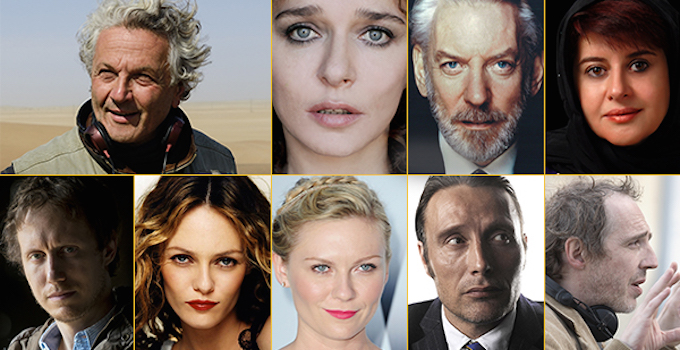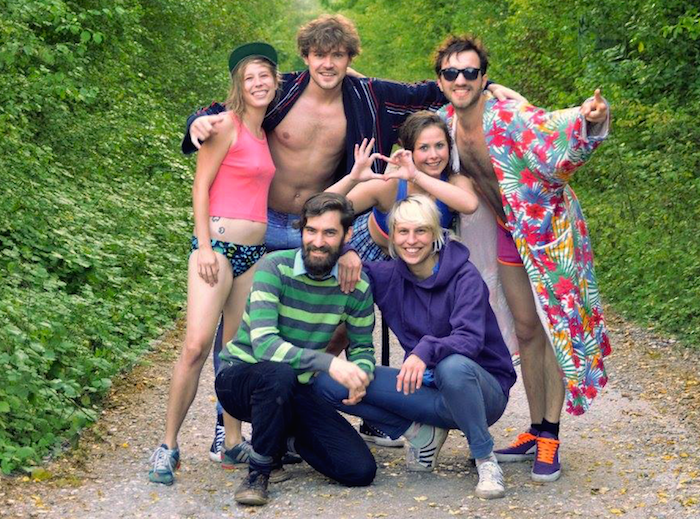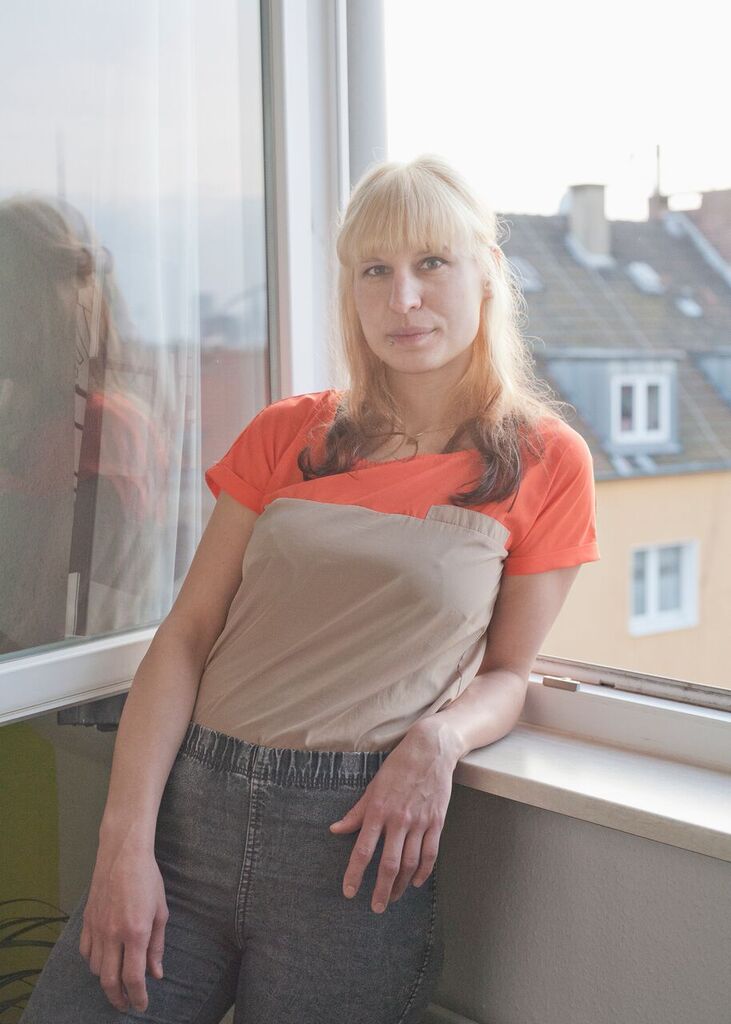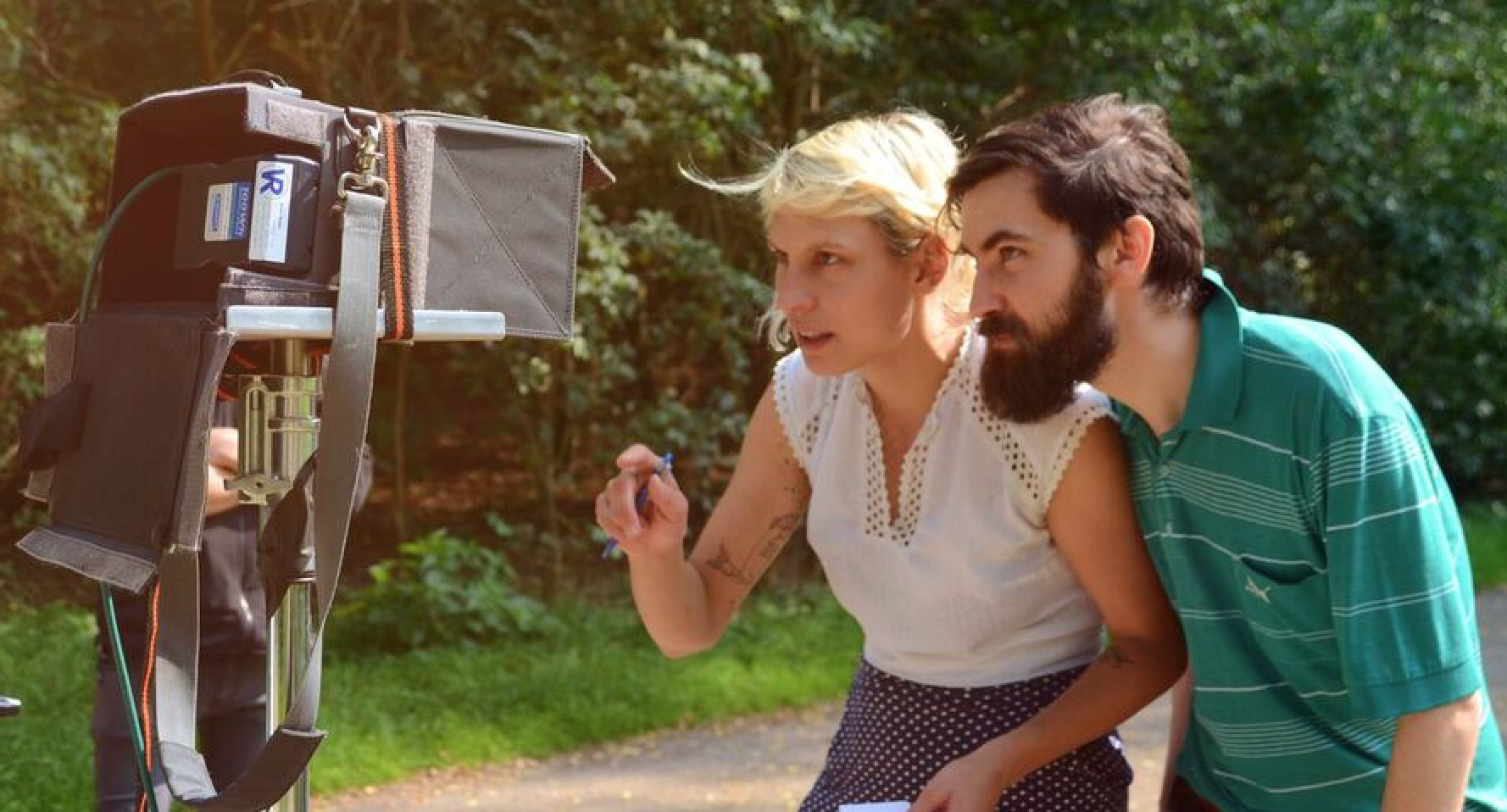CANNES 2016: WHO'S WHO IN THE OFFICIAL COMPETITION JURY
 Tuesday, April 26, 2016 at 11:34AM
Tuesday, April 26, 2016 at 11:34AM Under the stewardship of Jury President George Miller, the films competing for the 2016 Festival de Cannes Palme d’Or will be judged by a jury of eight – four men and four women – each with their own highly-regarded status in world cinema.

Some will be known by many; others, only by the most fervent followers of international film. So who are the 8 and what have they done to deserve their place on the Croisette…?
 DONALD SUTHERLAND
DONALD SUTHERLAND
Who? One of world cinema’s most respected actors, the 80 year-old Canadian’s career has encompassed star-making early roles (The Dirty Dozen; Kelly’s Heroes) iconic leading man turns (Klute; Don’t Look Now; Invasion of The Body Snatchers) and memorable support parts (Backdraft; JFK; The Hunger Games).
Cannes cred: Starred in Robert Altman’s 1970 Palme d’Or winner, MASH; in 2012, became a Commander of The Order of Arts and Letters, bestowed by French Minister of Culture for "significant contribution to the enrichment of the French cultural inheritance."
ARNAUD DESPLECHIN
Who? A leading light in contemporary French cinema since his lauded 1991 debut, La vie des morts, the 55 year-old auteur has found unshakeable critical favour and commercial success both domestically (14 Cesar nominations, capped by a Best Director win in 2015 for his latest, My Golden Days) and abroad (official selection and trophy wins in Venice, Chicago, Munich, Lisbon and Avignon).
Cannes cred: Featured in the Official Competition line-up on five occasions - his debut feature, 1992’s The Sentinel; My Sex Life…or How I Got into an Apartment; Esther Kahn; A Christmas Tale (for which his leading lady, Catherine Deneuve, earned a Best Actress trophy); and, Jimmy P. In 2015, secured the Director’s Fortnight SACD Honour for My Golden Days.
Above: Arnaud Desplechin accepts his 2015 Best Director Cesar for My Golden Days.
LASZLO NEMES
Who? Mentored by the great Bela Tarr, the young Hungarian emerged triumphantly in 2015 with his debut feature, Son of Saul. The harrowing Holocaust drama scored 45 international film honours including the Best Foreign Film trophies at the Academy Awards, Golden Globes, Independent Spirit and National Board of Review (US) ceremonies, as well as festival prizes at Zagreb, Stockholm, Seattle, Sarajevo and Santa Barbara, to name just a few.
Cannes cred: Son of Saul earned five nominations at last years’ event, eventually winning the FIPRESCI Critics Award, the coveted Francois Chalais Prize (awarded to a work steeped in affirmative life value, named after the revered French journalist and film historian) and the Grand Jury prize.
 VANESSA PARADIS
VANESSA PARADIS
Who? The headline-grabbing French multi-hyphenate parlayed early career success as a ‘supermodel’ into the fields of pop-music and acting; following a Cesar-winning debut in Claude de Brisseau’s Noce blanche in 1989, her presence enlivened such works as Patrice Leconte’s The Girl on The Bridge, Pascal Chaumeil’s Heartbreaker and Jean-Marc Vallee’s Café de Flore (for which she won a Best Actress Genie). In 2011, she also supplied her vocal talent to the French-language version of Bibo Bergeron’s animated hit, A Monster in Paris.
Cannes cred: French industry status and A-list, red-carpet glamour.
MADS MIKKELSEN
Who? Mikkelsen’s status as arguably Europe’s #1 star began soon after his breakout role in Nicholas Winding Refn’s Pusher trilogy. A decade of hits followed, including Anders Thomas Jensen’s Flickering Lights, Lone Scherfig’s Wilbur Wants to Kill Himself, Susanne Bier’s Open Hearts and After the Wedding, Ole Christian Madsen’s Flame & Citroen and Nikolaj Arcel’s A Royal Affair. Off continent, Mikkelsen made his mark in commercial properties like King Arthur, Casino Royale, The Three Musketeers and Clash of the Titans; his biggest Stateside hit has been the title role in the hit TV series, Hannibal.
Cannes cred: Won the 2012 Best Actor award for Thomas Vinterberg’s The Hunt; his starring turn in Arnaud Des Pallières’s Age of Uprising: The Legend of Michael Kohlhaas premiered in the 2013 Official Competition.
Above: Trailer for The Hunt, with Mads Mikkelsen.
KIRSTEN DUNST
Who? Her breakthrough role at age 12 as a bloodsucking seductress opposite Tom Cruise and Brad Pitt in Neil Jordan’s 1994 hit Interview With a Vampire ensured Kirsten Dunst fame and notoriety in equal measure. Rarely out of the public spotlight, the New Jersey-native weathered the awkward teenage years with high-profile studio projects (Jumanji; Small Soldiers; Bring It On; Spiderman) and well-chosen indie projects (Wag the Dog; The Virgin Suicides; Eternal Sunshine of The Spotless Mind). Recently, Dunst bounced back from critical duds (Wimbledown; Elizabethtown; an ill-advised third Spiderman film) with Sofia Coppola’s Marie Antoinette, Walter Salles' On The Road, Hossein Amini’s The Two Faces of January and Jeff Nichol’s Midnight Special, as well as an acclaimed guest stint on the TV series Fargo.
Cannes cred: The Best Actress Award at the 2011 festival for her performance in Lars von Trier's Melancholia.
 KATAYOON SHAHABI
KATAYOON SHAHABI
Who? The immeasurable contribution made by the 47 year-old Iranian to the international acceptance of her nation’s film output is remarkable. Having spent her formative years as a ‘film promoter’ with the industry support body Farabi Cinema Foundation, in 2001 she established Scheherazade Media International, an initiative to produce and distribute homegrown content that gave creative freedom to auteurs like Mohammad Rasoulof, Mania Akbari and Saman Salour. In 2012, launched Noori Pictures and found instant acclaim with Rakhshan Bani-Etemad’s Tales and Vahid Jalilvand’s Wednesday May 9.
Cannes cred: In 2015, her production of Ida Panahandeh’s Nahid won the Un Certain Regard strand’s Avenir Prize honour.
VALERIA GOLINA
Who? After a run of critically acclaimed films in her homeland (Little Flames; A Tale of Love; Three Sisters), the Italian model-turned-actress followed the ‘European ingenue’ route paved by the likes of Nastassja Kinski and Joanna Pacula and headed for LA. Following her debut in Randall Kleiser’s Big Top Pee Wee, she found high-profile work in Barry Levinson’s Rain Man, Sean Penn’s The Indian Runner, Jim Abraham’s Hot Shots! and Mike Figgis’ Leaving Las Vegas. Golina never forgot her continental roots, returning home frequently to star in such works as Giacomo Campiotti’s Like Two Crocodiles, Emanuele Crialese’s Respiro and Silvio Soldini’s The Acrobat.
Cannes cred: Her directorial debut, Miele, screened in the 2013 Un Certain Regard selection and received the Prize of the Ecumenical Jury.
Above: Valeria Golino discusses her film Miele at the Karlovy Vary Film Festival, 2013
 Cannes,
Cannes,  Film Festival,
Film Festival,  Jury Voted,
Jury Voted,  World Cinema
World Cinema 













